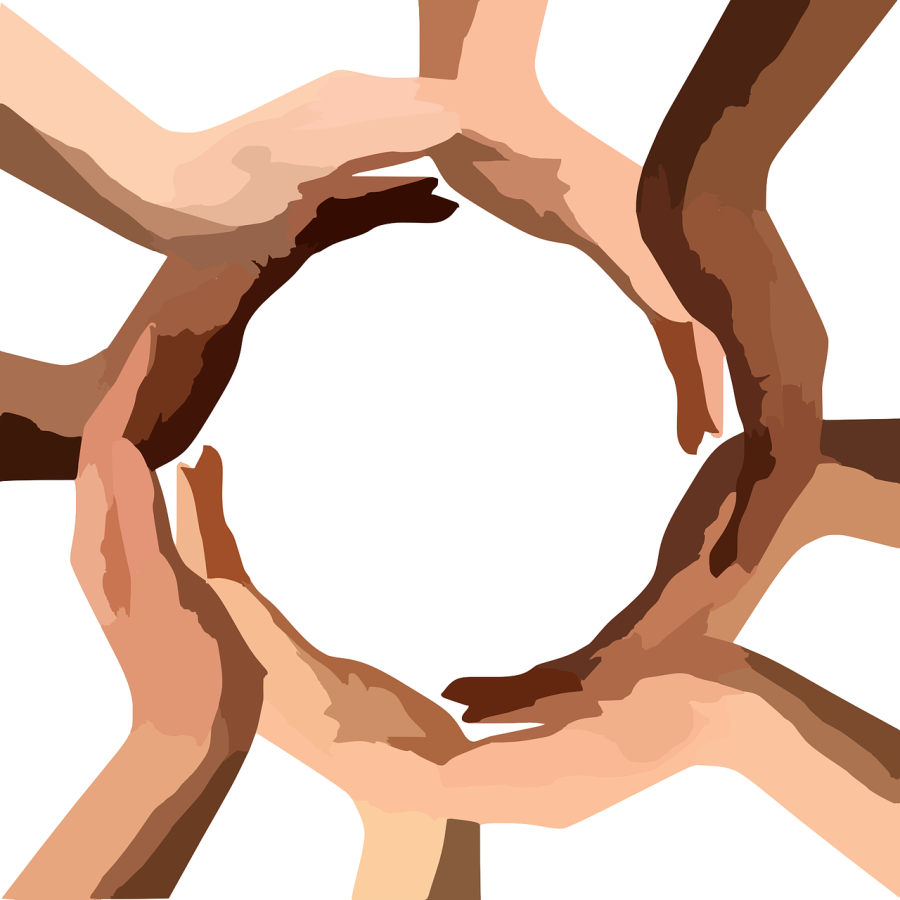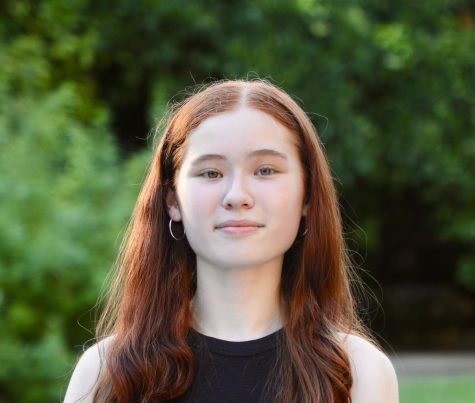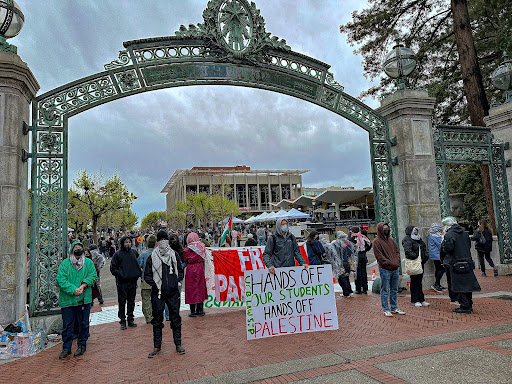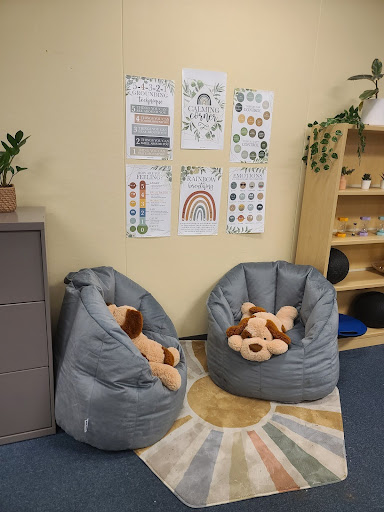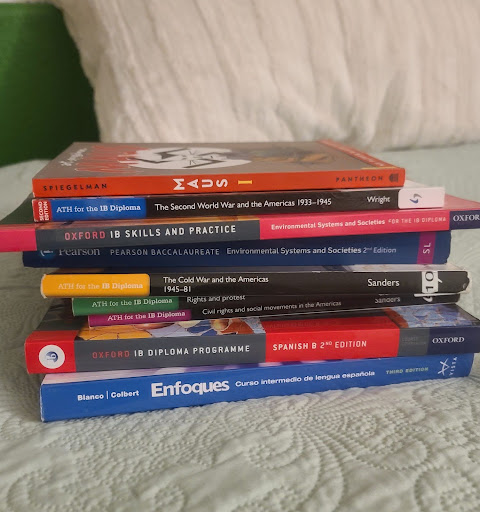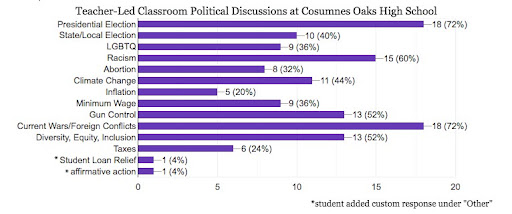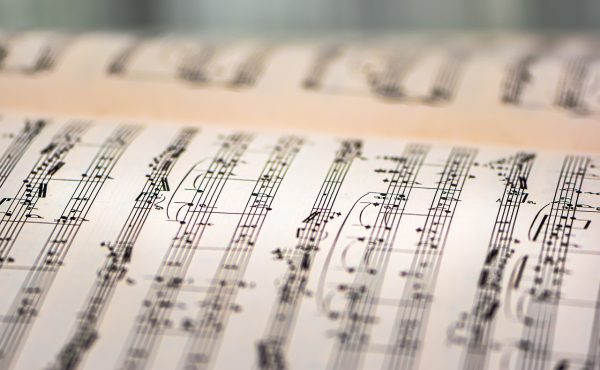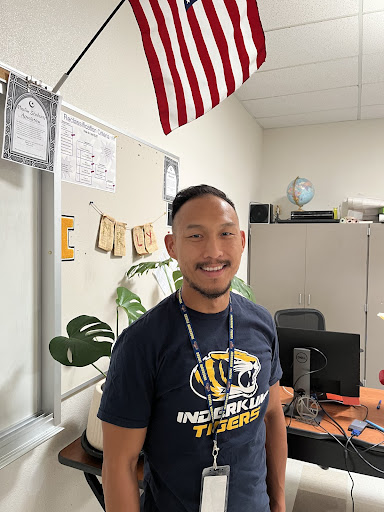St. Francis pioneers diversity, equity and inclusion program
March 31, 2023
Through implementing a specialized diversity, equity, and inclusion program (DEI), St. Francis Catholic High School aims to create a more accepting and supportive presence on its campus.
In a 2018 pastoral letter reprimanding racism in the Church, the United States Conference of Catholic Bishops (USCCB), with the support of the Diocese, presented its initiative for penitence and reconciliation in the greater Catholic community.
“To do justice requires an honest acknowledgement of our failures,” the letter said, “and the restoring of right relationship between us… To love goodness demands pursuing ‘what leads to peace and building up one another’ (Rom 14:19).” https://www.usccb.org/resources/open-wide-our-hearts-enduring-call-love-pastoral-letter-against-racism-0
The DEI program at St. Francis began in 2020 after several instances of discrimination against students of color. These instances led the school to reassess whether it adequately safeguarded the welfare of all its students. Through its racial reconciliation plan, St. Francis hopes to create an environment where everyone can feel safe, respected, and valued.
“St. Francis Catholic High School is the only Diocesan school with a DEI program,” St. Francis principal Elias Mendoza said. “Through our DEI program, we hope to be more inclusive of students, faculty, and staff, as well as welcoming to families that are looking for a Catholic high school experience.”
Overall, said Mendoza, the program has benefited the school by upholding its mission to better protect and affirm the dignity of all students regardless of how they identify.
“The DEI program benefits the school because we more clearly reflect the diversity of our community and region,” he said. “Additionally, as an all-girl school, it benefits young women to see other students, faculty, and staff that look like them.”
For St. Francis, DEI is not only devoted to promoting the fair treatment of all students, it also attempts to highlight different ideas that will inspire growth in perspective.
“I like to call attention to the fact that DEI is more than race, gender or sexual orientation,” St. Francis Diversity Coordinator Felicia Haecker said. “There are so many overlooked conversations that need to take place in the DEI space.”
Before the DEI program, not everyone felt supported by the school to share their perspective and advocate for the student body.
“Before DEI there wasn’t a place for students to speak up here at St. Francis,” sophomore Stephanie Olvido said. “Just because you can voice your opinions, doesn’t mean you necessarily feel comfortable saying them, so it is nice to know we have support to back us up now.”
Some also felt a disconnect with their peers in the student body and believe that the DEI program has helped bridge that gap.
“Here at SF, we pride ourselves on being a campus filled to the brim with sisterhood and I believe that under the influence of DEI, we can continue to be just that,” junior Mackenzie Santos said.
The DEI committee is a team of students, supervised by Haecker, who share a dedication to making the program a success.
“What makes the DEI committee successful is that we all work together as a team, collaboratively,” committee member and junior Diane Kim said.
Additionally, the DEI program is structured so that every year a new group of students from the student council are selected to plan and coordinate activities.
“One of the best parts of this program is that every year there is a new and diverse group of students in the DEI assembly team,” DEI senior leader and coordinator Giana Gaddi said, “so there is plenty of representation and the message of DEI will continue to be carried on and refreshed.”
The DEI committee’s activities mainly aim to educate peers on inclusive etiquette towards one another; however, it also works with admissions to create a diverse group of students and teachers on campus and offers ways to allocate school resources in an equitable way.
“DEI is about inclusion everywhere, not just about race or sexuality, and just making sure everyone on campus knows that they belong,” Kim said. “Whether we choose to utilize lunchtime activities or clubs, we want to make sure everyone feels they have a place on campus.”
Another substantial role of the DEI program is to help others on campus share and use their voices to educate and positively impact the school.
“As we’ve progressed throughout the years, we’ve given other groups on campus the chance to share what they have to say,” Gaddi said. “For example, our recent Black History Month assembly was led by our school’s Black Student Union.”
A key advantage of the DEI committee being mainly student-led is that the student body is more receptive to their message of tolerance.
“My favorite thing about the DEI program is that it gives the assemblies and the message of diversity, equity, and inclusion a student voice,” Gaddi said. “When everything is coming from a staff perspective, students often feel like it is too authoritative.”
Reflecting on their own experiences, the DEI committee believe they have witnessed more diversity, equity, and inclusion present on campus.
“Compared to my freshman year, I have definitely seen more steps toward inclusion on campus with the DEI program being started,” Gaddi said. “The conversation is more normalized and people seem more comfortable with speaking and sharing what problems they have faced with the school.”
Kim added, “I definitely believe DEI has brought forth a lot of change . . . This is why we’ve brought on a DEI coordinator to school, why we’ve done so many cultural celebrations, and overall why it feels like a more inclusive environment.”
Other students praised improvements they say the program has brought to St. Francis.
“DEI has helped to create a safe space on campus where I truly feel like my thoughts and experiences matter. And not just mine but everyone’s at St. Francis,” Santos said.
As the DEI program continues to expand in the future, the committee hopes to develop the program so that it can speak to the vision of the St. Francis community and its members.
“Ideally I would love to create connections across different intersectionalities,” Haecker said. “I also want to encourage curiosity and make room for everyone to share their authentic stories. In turn this will allow students to support their fellow sisters in using their voice to make positive changes to the community and beyond.”

